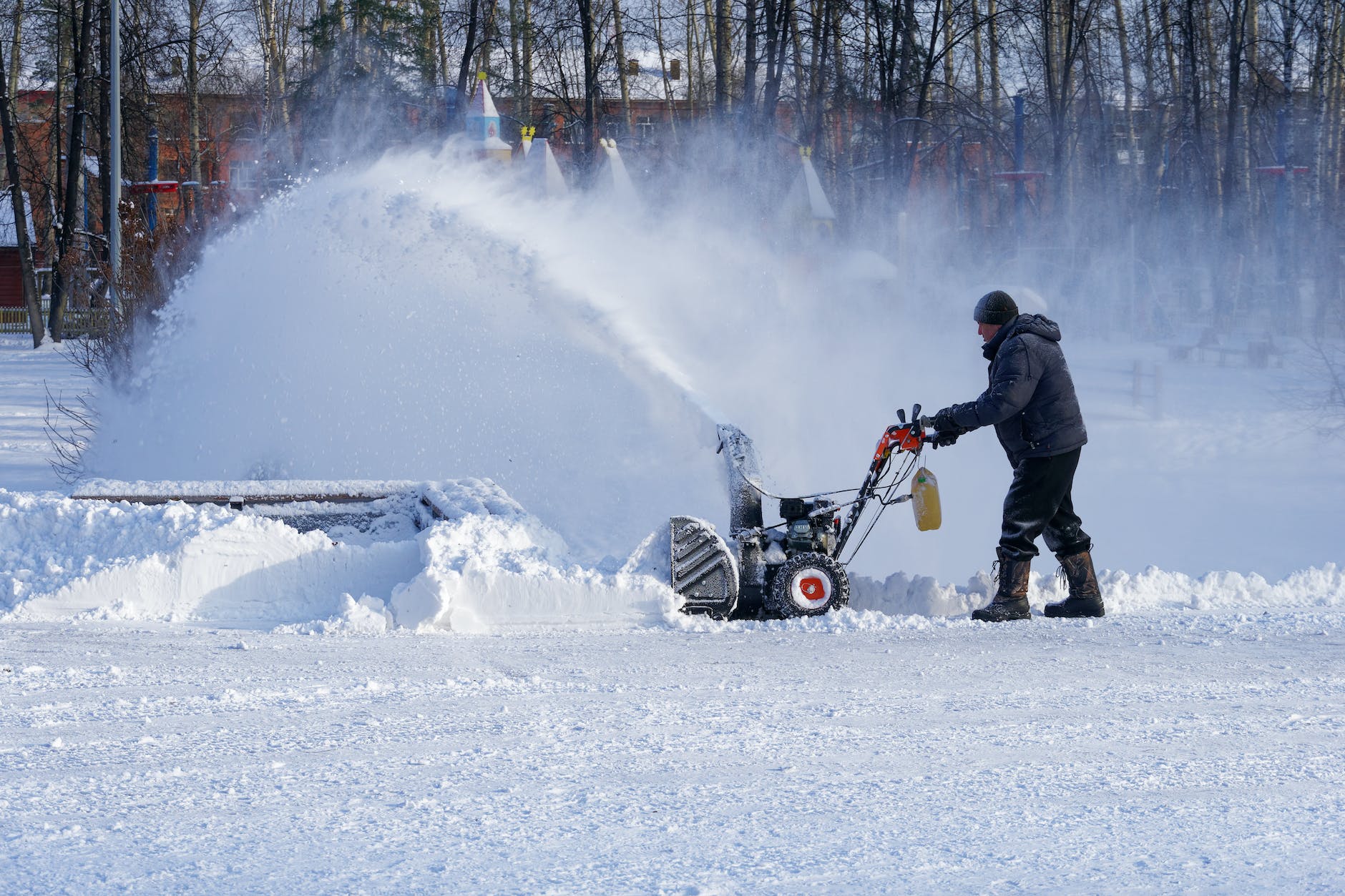It’s important to know how to lubricate a snowblower. There aren’t a lot of parts that need lubricating, but doing so will prolong the life of your machine.
Continue Reading About Snowblower Lubrication
There could be a lot of reasons your Craftsman snowblower won’t start. Or any snowblower for that matter. But if you look at the bigger picture, there’s really only 3 general things that could be wrong. By isolating the components, we can figure it out and fix it.
Continue Reading About Craftsman Snowblower Troubleshooting
You can run a snowblower with the choke on – for the short term. Prolonged use of the choke presents the risk of engine damage. Read on to find out why.
Continue Reading About Snowblower Choke
If you find your snowblower will only run on choke, you’ve come to the right place. The short answer to this problem is that your machine is encountering a lean air/fuel mix condition. Fix that, and it should be able to run without the choke.
Continue Reading About Snowblower Choke
Diagnosing a Craftsman snowblower impeller not turning is pretty straightforward. This is generally a simple gear and belt driven system, so there’s not a lot of failure points. Let’s get into it.
Continue Reading About Snowblower Impellers
Few things are more aggravating than when your snowblower won’t turn over. You need it to clear the driveway in order to get to work, but in your moment of haste it doesn’t work. Let’s talk about some of the problems that can result in a snowblower not turning over. More importantly, let’s figure out how to fix it.
Continue Reading About Snowblower Troubleshooting